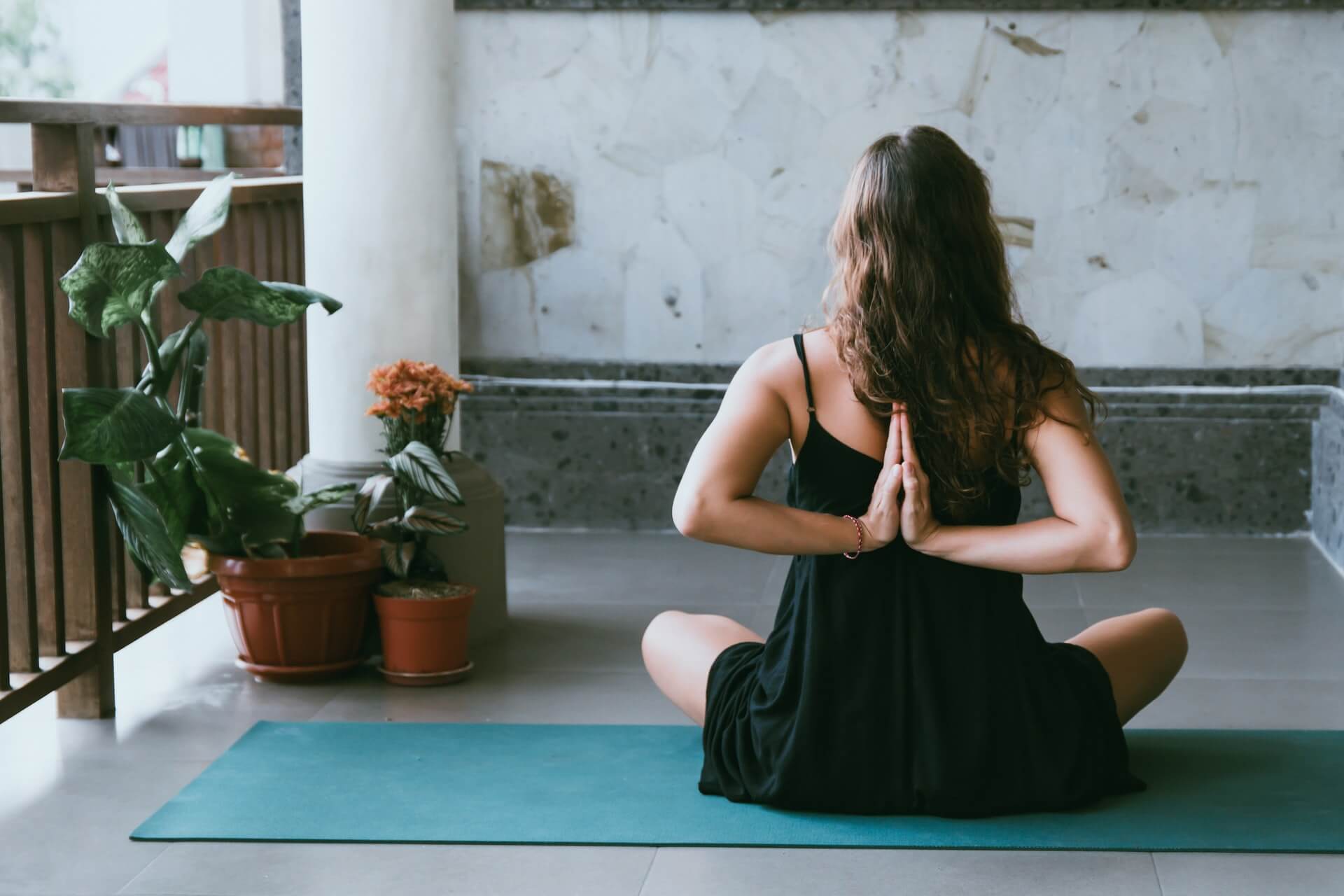Improve Your Posture to Improve Your Health

Maintain proper posture! Someone may have asked you this common question the first time you heard about posture, also known as the way you hold your body. When it comes to posture, it’s not just about how you look. Throughout your life, your posture can either benefit or harm your health.
“Posture is not only about how well you sit, but how well you move and go about your daily life,” says Dr. George Salem, a researcher at the University of Southern California who studies how movement affects health and quality of life. The National Institutes of Health has funded Salem’s research into how movement affects health and quality of life.
Static posture describes how a person holds themselves when not moving, such as when sitting, standing, or sleeping. Dynamic posture is the way you hold your body while moving, such as when you’re walking or bending down to pick something up. According to Salem, “it is critical to consider both the static and dynamic components of posture.”
Many factors can influence your posture, including your age, the circumstances you find yourself in, and the decisions you make on a daily basis. Children, for example, may have to get used to carrying heavy backpacks to and from school. Pregnant women adjust their movements to accommodate their growing babies.
Your posture is affected by both your muscular and skeletal systems
This includes your bones, muscles, joints, and other connective tissues throughout your body. It is responsible for giving your body its shape, supporting it, keeping it stable, and allowing it to move.
Depending on how you hold yourself, your musculoskeletal system can be properly or incorrectly aligned. This system must be able to adapt to the type of work you do, the hobbies you enjoy, the way you interact with electronic devices, the injuries you sustain, and even the shoes you wear throughout your life.
You may believe that occasionally sitting with your shoulders slumped or bending at your back rather than your knees is harmless. However, even minor changes to your posture and movement patterns can have a significant impact over the course of your life.
When you slouch for an extended period of time, your spine wears down, making it more fragile and prone to injury. Neck, shoulder, and back pain are common side effects of holding your body in unnatural positions and moving in unnatural ways. Approximately one in every four adults in the United States suffers from back pain at least once every three months.
When you have bad posture, your flexibility, joint range of motion, and balance can all suffer as a result. It can impair your ability to do things for yourself and increase the likelihood of someone falling for you. A slouched posture can make it more difficult to digest food and to breathe comfortably.
According to some research, there may also be a link between posture and mental health. A person suffering from depression may appear more closed in, curved, and inclined to look down, according to Dr. Cris Zampieri, a physical therapist at the NIH. When people are anxious, they frequently hunch their shoulders. Scientists are currently looking into the links between our posture and how our brains think and process information.
Our bodies change as we get older
Because of these natural changes, it is especially important for older adults to maintain a healthy posture as well as their strength, flexibility, and balance. “Older adults tend to adopt a progressively hunched posture,” says Salem. According to one researcher, “excessive loading on the shoulder joint occurs when the shoulders continue to round forward over time.” This puts older people at risk of injury and reduces their independence.
Hyperkyphosis, which is medical terminology for an extremely hunched posture, affects up to two-thirds of senior women and roughly half of senior men. This posture has been linked to symptoms such as back pain, weakness, and breathing difficulties. Furthermore, it may make daily activities such as combing your hair or dressing more difficult.
Salem and several other researchers have been investigating the potential health benefits of yoga, particularly for people of mature age. The majority of a yoga practice consists of physical postures, breathing exercises, and meditation or relaxation techniques designed to unite the practitioner’s mind and body. According to one study, older adults with hyperkyphosis improved significantly and had less rounded shoulders after six months of yoga practice.
According to Salem, the number of people practicing yoga is increasing. “We are using cutting-edge tools, such as motion analysis with high-speed cameras and force platforms, to understand what yoga is doing and how it targets the biological processes that occur in our bodies,” says the researcher.
Finally, Salem believes that these findings will help therapists and yoga instructors create programs that are both safe and beneficial for older adults. Furthermore, the group intends to conduct research on people of various ages as well as those with disabilities.
Improve your posture and movement throughout your life; it’s never too early or too late to begin
Zampieri claims that “One of the first steps toward improving your posture is becoming aware of it.”
It is critical to examine your posture and make any necessary adjustments before it becomes a problem. Take classes in body awareness and mindfulness practices like yoga and tai chi, as well as other types of classes that focus on the body, to learn to feel what’s wrong with your posture. Furthermore, they help you connect your physical posture with your emotional state, which benefits both of these areas.
Other than taking classes, there are other ways to improve your posture
Salem advises people to “be mindful of their posture and how they move.” “Think about lifting your head, pulling your shoulders back, and tightening the muscles in your abdominal region in everyday situations.” Be aware of repetitive postures, such as frequently lifting heavy objects, and positions that you hold for an extended period of time, such as sitting at a computer all day for work.
If you spend a lot of time in front of a computer, you should have a good setup, according to Dr. Jesse Matsubara, a physical therapist at the National Institutes of Health (NIH). “It is critical that your workspace accommodates you as best as possible. Altering your sitting position frequently, getting up and moving around the office for short periods of time, and gently stretching your muscles at regular intervals can all help relieve muscle tension.
The first step in developing good posture is to have a body that can support it
This necessitates lifelong flexibility, strong abdominal and back muscles, and a well-balanced body. Shedding pounds, particularly in the abdominal area, is another way to improve your posture. More than two out of every three Americans are either overweight or obese. Carrying extra weight causes your abdominal muscles to weaken, which causes problems for your pelvis and spine and contributes to your low back pain.
“It’s easy to develop suboptimal movement patterns after an injury or years of pain,” says Salem, but people can learn to redistribute their weight evenly and rebalance their bodies.
You should consult a medical professional to determine the types of physical activities that will help you maintain your health and mobility. If you are in pain, have been injured, or have recently had surgery, you should consult with your health care providers. They can give you feedback on your movement patterns, help you avoid unhealthy movement patterns, and work with you to develop the best plan for your needs.



